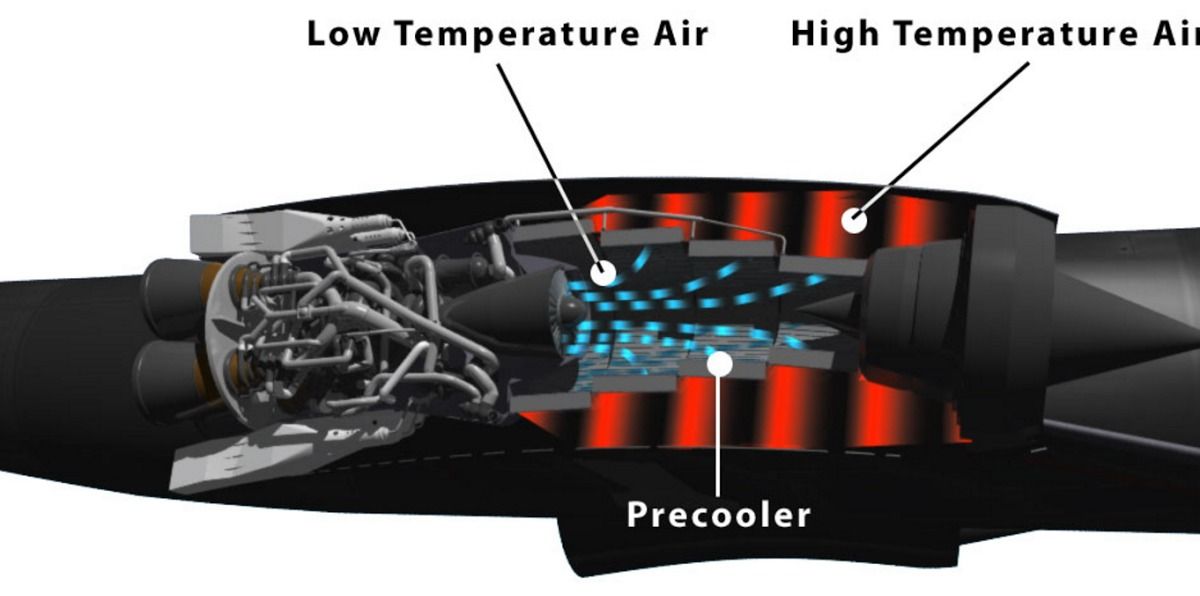Page 11414
Jul 13, 2016
Kraig Biocraft Laboratories Announces Contract with U.S. Army to Deliver Dragon Silk
Posted by Klaus Baldauf in categories: bioengineering, military
ANN ARBOR, Mich., –July 12, 2016- Kraig Biocraft Laboratories, Inc. (OTCQB: KBLB) (“Company”), the leading developer of spider silk based fibers, today announced that it has received a contract valued at up to $1.0 million, if the option phase is awarded, for the development of high performance fibers for protective apparel applications. Under the fully funded base effort, valued at $99,962, the Company will deliver ballistic shoot packs constructed from its proprietary Dragon Silk™ material for performance testing. These shoot packs will be tested and evaluated for critical Soldier protective applications including ballistic impact. If awarded, the option phase will significantly expand this work with the US Army.
“Dragon Silk scores very highly in tensile strength and elasticity, which makes it one of the toughest fibers known to man and the ideal material for many applications,” stated Jon Rice, COO. “Providing material for this ballistic shoot pack initiative is an important next step for Kraig and spider silk. This contract reinforces the many significant potential applications for recombinant spider silk. Today is a great day for spider silk.”
“We’re proud to be working with the Department of Defense to assess the exciting potential of spider silk for military applications,” stated Kim K Thompson, CEO and founder of Kraig Biocraft Laboratories. “We are honored that the U.S. Army has selected us for this program. This effort will provide Kraig Labs with the opportunity to validate our longstanding belief that spider silk technology has had an incredible potential for protective and lifesaving materials and expand our ability to design and engineer innovative materials solutions.”
Jul 13, 2016
You have to see what ‘Pokémon Go’ has done to Central Park
Posted by Shailesh Prasad in category: futurism
Jul 13, 2016
17 Ways Technology Will Change Our Lives by 2050
Posted by Klaus Baldauf in categories: mobile phones, space
Goodbye smartphones, hello space tourism. Here are 17 bold predictions about the future from a futurist with an 85% accuracy track record.
Jul 13, 2016
Reaction Engines secures €10 million funding to enable development of SABRE demonstrator engine
Posted by Klaus Baldauf in categories: energy, space, transportation

Reaction Engines Ltd. announces today the signing of a €10m Development Contract with the European Space Agency, finalizing the UK Government’s £60m commitment.
Reaction Engines Ltd., today announces the signing of a €10m European Space Agency (ESA) contract which will enable the development of a ground based demonstrator of SABRE, a new class of aerospace engine which is highly scalable with multiple potential applications in hypersonic travel and space access.
Jul 13, 2016
3/3 Liz Parrish and Avi Roy: Genetic and other innovative therapy against aging
Posted by Montie Adkins in categories: genetics, life extension

Here’s Liz Parrish talking about driving down costs, replacing viral vectors, and having all kinds of trouble with the lid of a bottle.
Liz Parrish, founder or Bioviva company, which developing genetic therapy against aging. He first in world tested such genetic therapy on himself and resulting effect make her cells be like 20 years younger.
Continue reading “3/3 Liz Parrish and Avi Roy: Genetic and other innovative therapy against aging” »
Jul 12, 2016
Why is Bitcoin Capped at 21M units?
Posted by Philip Raymond in categories: bitcoin, cryptocurrencies, economics, government, transparency
I was asked this at Quora.com, where I answer questions under the pen name, ‘Ellery’. But the query deserves a companion question, and so I approached the reply by answering two questions.
You might have asked “Why was Bitcoin designed to have a cap?” But, instead, you asked “Why is the cap set at 21 million bitcoins”. Let’s explore both questions starting with the choice of a circulation cap…
Why set the cap at 21 million BTC?
The choice of a cap number is arbitrary and in fact, it could be 1 or it could be 1 hundred trillion. It makes no difference at all and it has no effect on the economy—even if Bitcoin were to be adopted as a currency all over the world. If it were set to 1 BTC, we would simply discuss nano-BTC instead of 1 BTC for amounts of about $650.
Jul 12, 2016
Should We Blame the U.S. and Israel for Cyber Warfare?
Posted by Karen Hurst in categories: entertainment, military

Blaming the US and israel for cyber warfare?!
Alex Gibney’s new film “Zero Days” charts the terrifying history of cyber warfare, focusing in particular on the attack that the U.S. and Israel allegedly launched against the Natanz nuclear facility in Iran.
Continue reading “Should We Blame the U.S. and Israel for Cyber Warfare?” »
Jul 12, 2016
Berkshire offers cyber cover for architects and engineers
Posted by Karen Hurst in category: cybercrime/malcode
Not shocked by this because I have seen some of these policies in various forms already.
Berkshire Hathaway Specialty Insurance Co. on Tuesday said it has launched a U.S. professional liability policy for architects and engineers that includes cyber coverage.
Professional First Architects & Engineers Professional Liability Insurance’s cyber coverage addresses media, technology and network security and privacy liability exposures, including the cost of responding to a data breach or network extortion threat, BHSI said in a statement.
Continue reading “Berkshire offers cyber cover for architects and engineers” »










